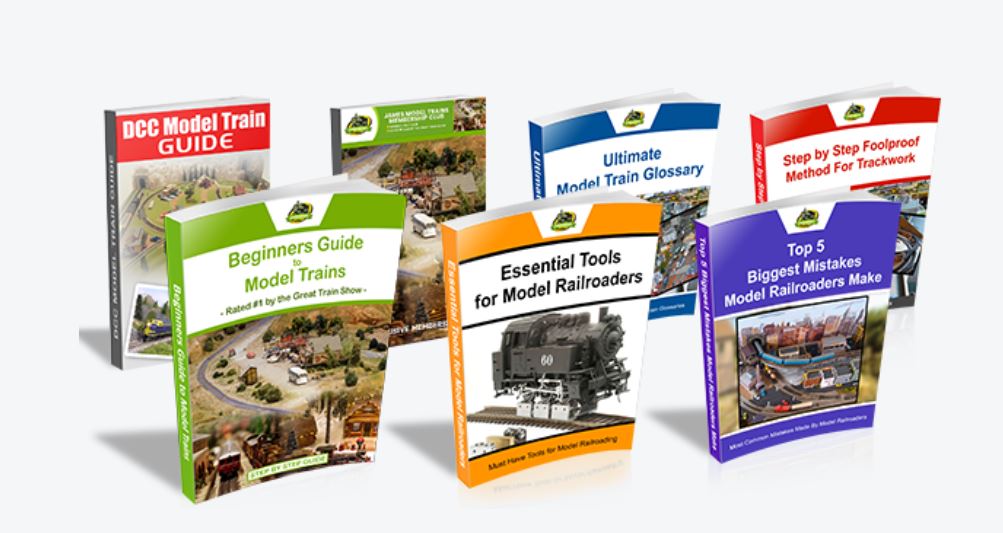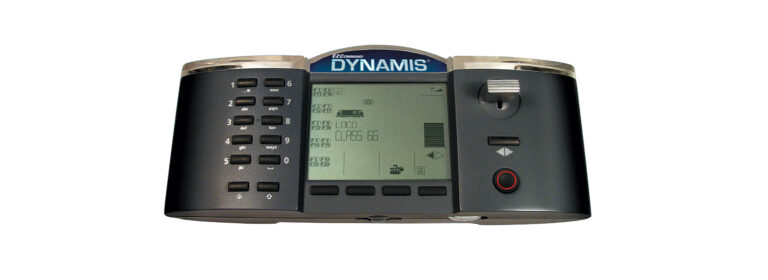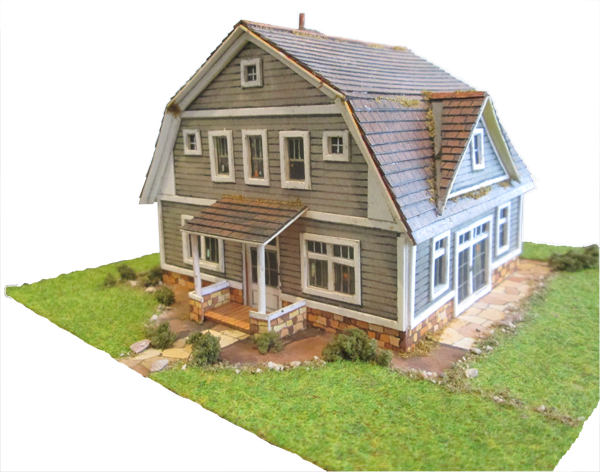Which Locomotive to choose?
Locomotives are available in steam, diesel and electric (operate with overhead power lines). They can be manufactured from plastic, steel, alloys or brass.
They are available as models of prototypes from the 19th century to today. The more expensive locomotives come with a large amount of detail and better working components.

Figure 21
High-end locomotives come with digital receivers and sound effects. Steam locomotives are also able to produce smoke effects.
A good quality locomotive will make all the difference…
It can be very frustrating having a locomotive that you need to push to get going or it suddenly speeds up and falls off the tracks.
A locomotive runs by picking up the electricity from the track through its wheels.
The wheels transfer the electricity to the motor, which then turns the gears to drive the locomotive.

Figure 24
A locomotive with poor pickup on the wheels or a poor gear set up will give you lots of problems…
As with most things, you get what you pay for… but this is one area you do not want to skimp on. A great operating locomotive is 90% of the way to having a fantastic model train layout.
When buying a locomotive these points are critical:
- The amount of metal wheels that pick up the electricity – the more the better, but definitely more than 1 set.
- A good gearing ratio and motor which requires the least amount of electricity to move the locomotive, with a slow but smooth start.
- Flywheels at one or both ends of the motor to ensure a smooth take off and smooth stop.
- The weight of the locomotive should be just right to maintain a good connection to the track at all times but not too heavy to make the locomotive sluggish.
- The length of the locomotive – shorter diesel locomotives are less likely to derail on the curves than longer steam locomotives.
Most hobby shops will let you test the locomotive on their in-house test tracks before you buy.
Test the locomotive forwards and backwards… Check for a nice smooth take off and a nice smooth stop when the power is ramped up or down.
I usually go into my local hobby shop after doing my research online, that way I know what other model railroaders have said about the particular model…
I also check the prices online, as then I can negotiate… That tip has saved me nearly 30% of the retail price in some cases…
But remember your local hobby shop has overheads and needs to make some money! So, don’t negotiate too hard.
Buy quality when you buy your locomotives… I guarantee the investment will be well worth it.
WARNING – Railroading as a hobby is expensive. Mistakes are more expensive. Avoid mistakes by getting the eBook bundle. Click the image below.






